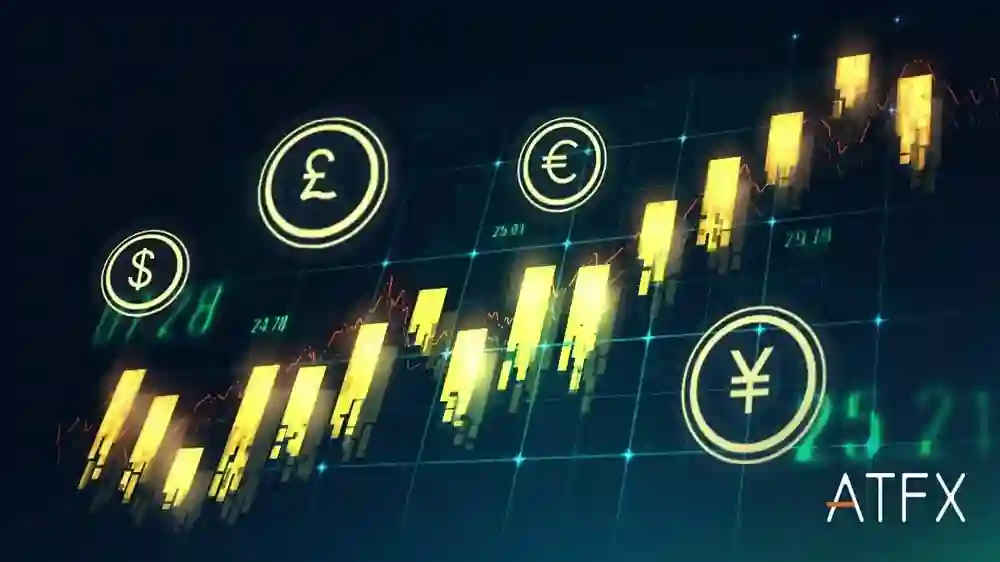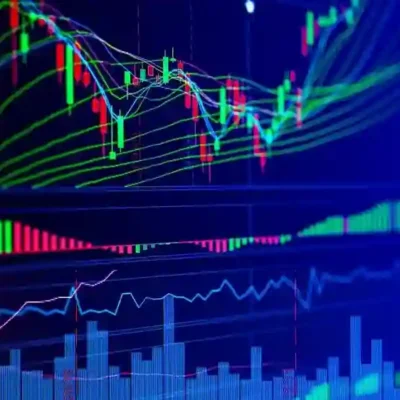In the dynamic and ever-evolving world of forex trading, the ability to adapt to changing market conditions is paramount for success. Traditional forex robot strategies often rely on predefined rules and parameters, which may struggle to capture the complexity and nuances of the forex market. However, with advancements in machine learning techniques, forex robots can now leverage sophisticated algorithms to learn from data and adapt their strategies dynamically. In this article, we explore the concept of leveraging machine learning for adaptive forex robot strategies, examining how these techniques can enhance performance and navigate volatile market environments.
Understanding Machine Learning in Forex Trading:
Machine learning is a subset of artificial intelligence (AI) that enables computers to learn from data and improve their performance over time without being explicitly programmed. In the context of forex trading, machine learning techniques can be applied to analyze vast amounts of historical market data, identify patterns and trends, and make informed predictions about future price movements.
There are several machine learning algorithms commonly used in forex trading, including:
- Supervised Learning: Supervised learning algorithms learn from labeled data, where each data point is associated with a target outcome. In forex trading, supervised learning algorithms can be trained to predict future price movements based on historical data, technical indicators, and other relevant features.
- Unsupervised Learning: Unsupervised learning algorithms analyze unlabeled data to identify patterns and relationships without explicit guidance. In forex trading, unsupervised learning techniques such as clustering and dimensionality reduction can help identify hidden structures in market data and inform trading strategies.
- Reinforcement Learning: Reinforcement learning algorithms learn through trial and error by interacting with an environment and receiving feedback in the form of rewards or penalties. In forex trading, reinforcement learning techniques can be used to optimize trading strategies and adapt to changing market conditions in real-time.
Leveraging Machine Learning for Adaptive Forex Robot Strategies:
Traditional forex robot strategies often struggle to adapt to changing market conditions due to their reliance on predefined rules and parameters. However, by leveraging machine learning techniques, forex robots can learn from data and adjust their strategies dynamically to evolving market dynamics.
One of the key advantages of using machine learning for forex robot strategies is the ability to capture complex patterns and relationships in market data that may not be apparent to human traders. Machine learning algorithms can analyze vast amounts of historical data, identify subtle patterns and trends, and make predictions about future price movements with a high degree of accuracy.
Furthermore, machine learning techniques enable forex robots to adapt their strategies in real-time based on changing market conditions. Instead of relying on static rules and parameters, machine learning algorithms can continuously learn from new data and update their strategies accordingly, allowing forex robots to adapt to shifting market dynamics and capitalize on emerging opportunities.
Case Study: Adaptive Forex Robot Strategy Using Reinforcement Learning
To illustrate the effectiveness of leveraging machine learning for adaptive forex robot strategies, let’s consider a case study.
Suppose we develop a forex robot strategy using reinforcement learning algorithms to optimize trading decisions based on real-time market feedback. The robot interacts with the forex market by executing trades and receiving feedback in the form of profits or losses. Using this feedback, the robot learns to adjust its trading strategy to maximize rewards and minimize risks.
Initially, the robot explores different trading strategies and evaluates their performance in a simulated environment. As the robot gains more experience and collects more data, it refines its strategy through trial and error, gradually learning to adapt to changing market conditions and optimize its performance.
By backtesting the adaptive forex robot strategy across different market conditions and time periods, we observe improved performance compared to traditional forex robot strategies. The adaptive strategy demonstrates greater flexibility and resilience in volatile market environments, allowing the robot to adjust its strategy dynamically and capitalize on emerging opportunities.
Conclusion:
In conclusion, leveraging machine learning techniques for adaptive forex robot strategies offers a powerful tool for navigating the complex and ever-changing forex market. By learning from data and adapting their strategies dynamically, forex robots can optimize performance, mitigate risks, and capitalize on emerging opportunities. As machine learning continues to advance, we can expect to see further innovations in adaptive forex robot strategies, enabling traders to achieve consistent profitability in a dynamic and competitive market environment.


